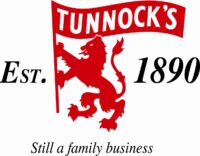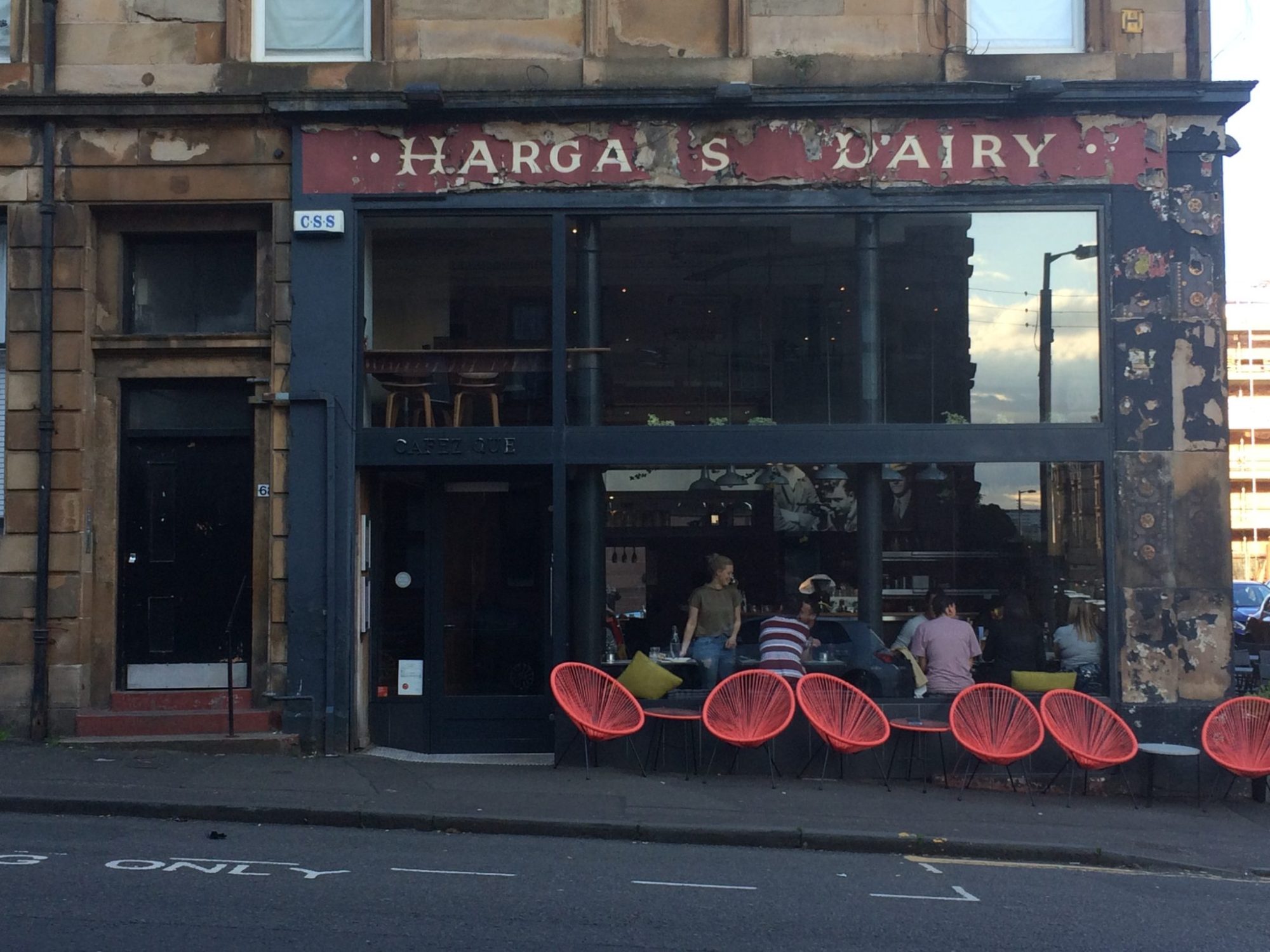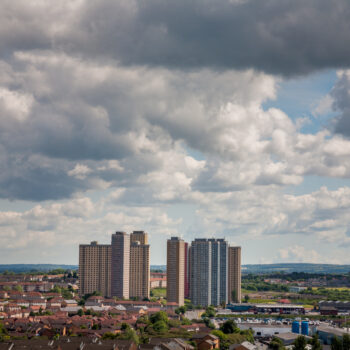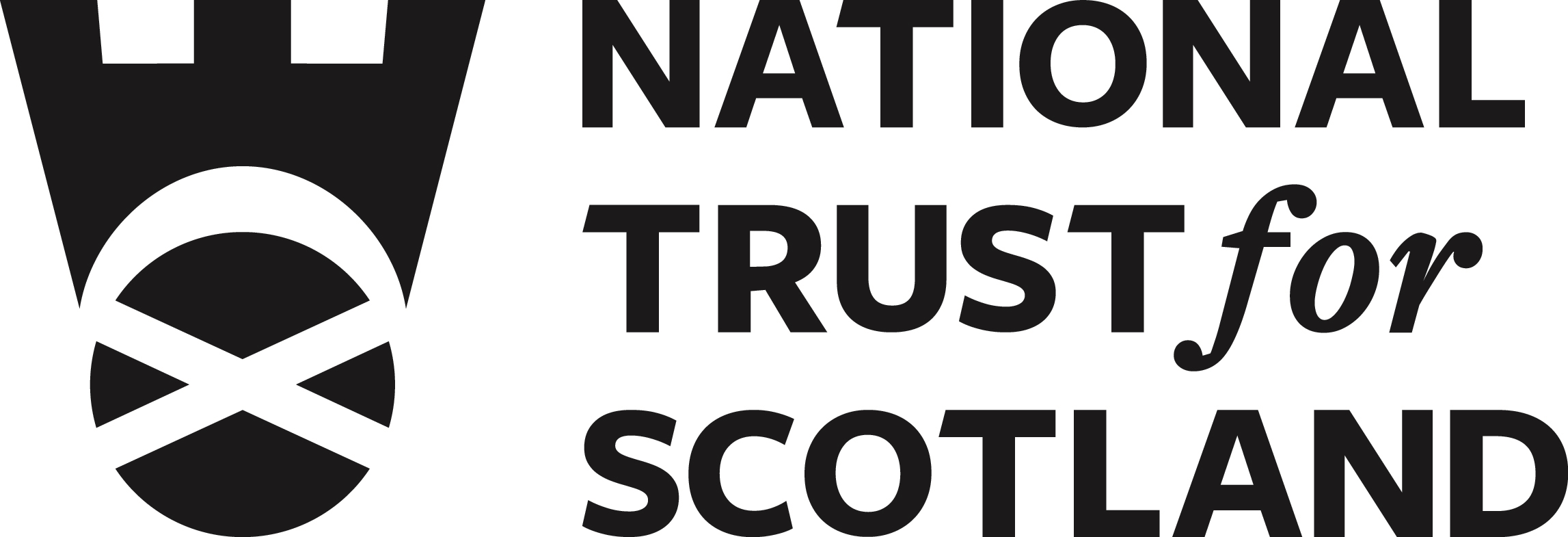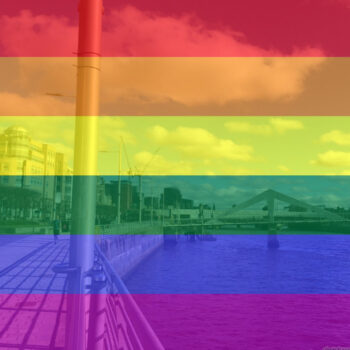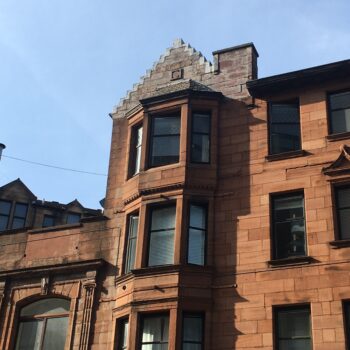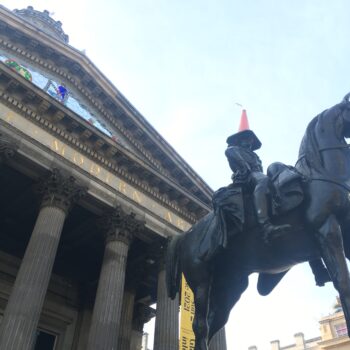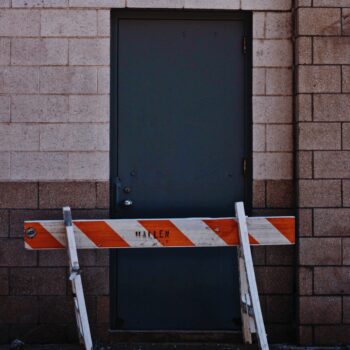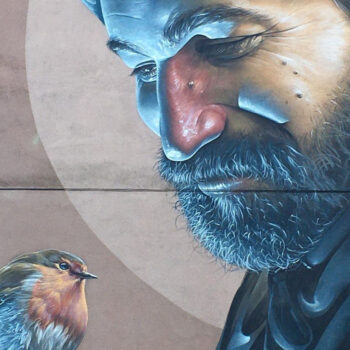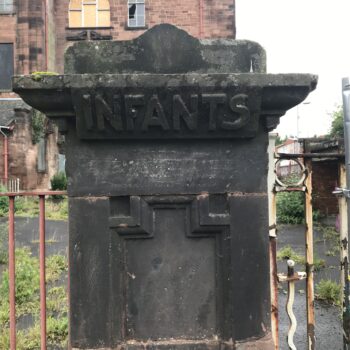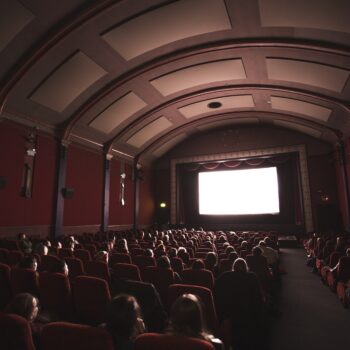In this series we’re delighted to welcome Fay Young onboard as co-host of the episodes which were recorded between March and May 2024.
The first episode was launched on 27 June and there will be an episode released weekly until 29 August.
Tune in to get an exclusive audio tour of Central Station, find out about Glasgow’s Gaelic roots through the study of place-names, and learn about the amazing work of Glasgow photographer Bash Khan. All this and more coming soon!
See below for the episodes & transcripts
SERIES 3 EPISODE 1
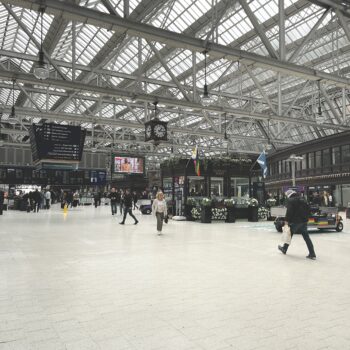
Hidden Stories of Glasgow Central Station with Jackie Ogilvie
How often do you rush through Glasgow Central Station without a second glance? Never again! Join us on a live, on-location tour with guide Jackie Ogilvie. Discover the station’s fascinating history, hidden architectural details and a behind-the-scenes look at the successful Glasgow Central Station tours. Plus, learn about Jackie’s exciting museum project in the works.
- Live tour experience with guide Jackie Ogilvie
- Unveiling the hidden history and architecture of Glasgow Central Station
- Exploring the popular Glasgow Central Station tours
- Exclusive scoop on Jackie’s upcoming museum project
- 00:00:01 — The stories underneath
- 00:32:00 — Welcome to the Museum
- 00:53:00 — WWI Memorial Art Installation
- 01:05:00 — The Victorian Platform
- 01:15:00 — Central Station’s evolution
- Visit https://www.glasgowcentraltours.co.uk/index.aspx for more information on Glasgow Central Station tours.
SERIES 3 EPISODE 2
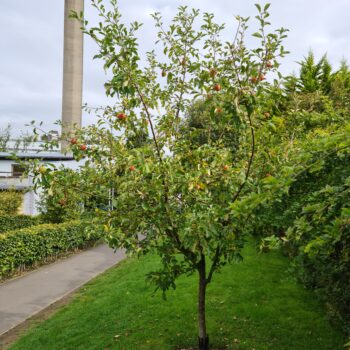
Glasgow's Gaelic Place-names with Dr Alasdair Whyte
In episode two, Dr Alasdair Whyte, a Gaelic singer, writer, and Research Fellow at the University of Glasgow, joins Fay to explore the medieval Gaelic roots of Glasgow through its place-names.
Alasdair’s research takes us into parts of Glasgow where Gaelic was spoken a thousand years ago. In this green landscape where cattle grazed, we even catch a shadowy glimpse of the farmer’s daughter who owned Shettleston. Yes, Shettleston! When you know where and how to look, place-names are full of human history.
In this conversation Alasdair draws on the evidence in his recently published book Glasgow’s Gaelic Place-names, co-authored with Katherine Forsyth and Simon Taylor. It caused quite a stir and we are about to find out why.
- Uncover the Gaelic origins of Glasgow’s place-names with Dr. Alasdair Whyte.
- Hear stories behind names, like the medieval farmer’s daughter of Shettleston.
- Explore findings from “Glasgow’s Gaelic Place-names,” co-authored by Alasdair Whyte.
- See how Gaelic names reflect Glasgow’s landscape and features.
- Understand the importance of preserving Gaelic place-names.
- 00:00:10 — The significance of Gaelic place names in Glasgow
- 00:19:41 — The origins and meanings of Gaelic place names in Glasgow
- 00:38:10 — Gaelic place names reflect the natural landscape and features of the area
- 00:41:05 — The evolution of place names and their adaptation over time
- 00:51:08 — Preserving Gaelic place names and promoting cultural heritage awareness
SERIES 3 EPISODE 3
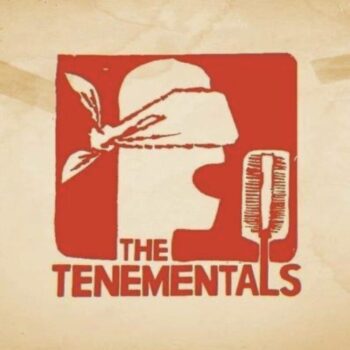
The Tenementals: A History of Glasgow in Song with Prof. David Archibald
In this episode David, a Professor of Film & TV at the University of Glasgow, discusses with Niall and Fay the innovative project which aims to make and tell history through music rather than traditional academic means. The conversation explores how the band, composed of academics, artists, musicians, and filmmakers, challenges conventional historical narratives.
- ‘Liberated from books’: How The Tenementals’ history is told and made in song
- Why one song, Peat Bog Soldiers, has already made history
- Hear a little of The Tenementals live in Glasgow
- 00:00:00 — Can a rock band make history?
- 00:01:15 — The Tenementals, a wild research project
- 00:02:00 — Constructing a transmedia history of a city
- 00:18:37 — Songwriting process
- 00:33:01 — Hope and Revolutionary Histories
SERIES 3 EPISODE 4

Rediscovering Mackintosh: A Decade After the Glasgow School of Art Fire with Dr Robyne Calvert
- Robyne Calvert’s journey and deep connection to the Mackintosh restoration project
- The unique aspects of Mackintosh’s design
- The significance of historical photography to the preservation process
- 00:00:27 — Mackintosh’s design, not strictly mathematical and intricate reconstruction
- 00:00:42 — Showcasing Mackintosh’s bespoke craftsmanship
- 00:02:26 — Calvert’s PhD and deep connection to the Mackintosh restoration project
- 00:06:05 — Museum object handling to ensure historical accuracy and preservation.
- 00:08:42 — Photography significance in restoration, capturing details otherwise lost.
SERIES 3 EPISODE 5

Empower Women for Change: Navigating Glasgow as New Scots with Layla Sadr Hashemi and Ume Chauhdry
In today’s episode, Fay introduces Layla Sadr Hashemi and Ume Chauhdry, who share their experiences with the project Thistles and Dandelions, designed to connect ethnic minority women with Glasgow’s cultural heritage. This initiative by Empower Women for Change has been transformative, fostering a sense of belonging among participants.
Layla, originally from Iran, and Ume, from Pakistan, discuss their initial struggles with isolation, language barriers, and cultural differences upon arriving in Glasgow. Discovering EWfC provided them a supportive community and opportunities for personal and professional growth through workshops and training.
Thistles and Dandelions, one of EWfC’s significant projects, ran throughout 2023, engaging women with Glasgow’s heritage beyond just observation. Layla and Ume also describe their involvement with the David Livingstone Birthplace, learning skills in curating, conservation, and exhibition planning, which enhanced their confidence and sense of community.
- Symbolism of the thistle and its representation of Scottish history and resilience.
- Layla and Ume discuss the specific challenges that immigrants face when adapting to life in Glasgow.
- Emphasis on the importance of community support in helping new Scots feel welcomed and empowered.
- 00:00:00 – 00:01:00 — Introduction to the Thistles and Dandelions Project: Discussion on the project’s symbolism and objectives.
- 00:05:15 – 00:06:30 — Challenges Faced by New Scots: Layla and Ume discuss language barriers and cultural integration.
- 00:12:45 – 00:14:00 — Empowerment Through Community Support
- 00:20:30 – 00:22:00 — Personal Stories of Overcoming Adversity: Layla and Ume share personal stories of resilience.
- 00:28:15 – 00:30:00 — Future Vision for the Project: Plans for expanding the project’s reach and impact
- You can find out more about Empower Women for Change on their website
- Learn about the Thistles & Dandelion project on their project blog
- Follow Glasgow City Heritage Trust on social media: @GlasgowHeritage #IfGlasgowsWallsCouldTalk
- Produced by Inner Ear (innerear.co.uk) for Glasgow City Heritage Trust
- Sponsored by Tunnock’s (tunnock.co.uk)
If Glasgow’s Walls Could Talk is produced by Inner Ear and kindly supported by Tunnock’s.

